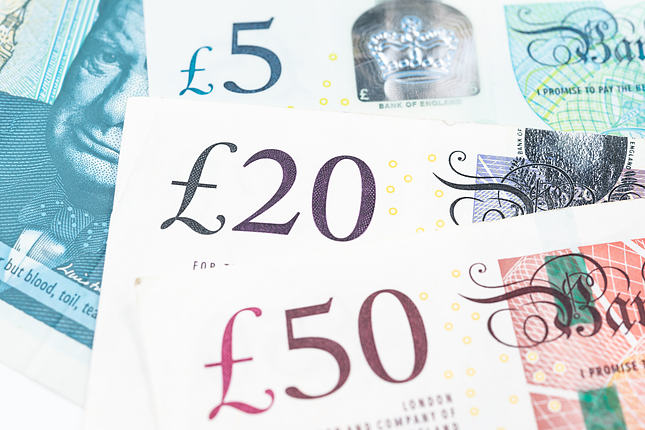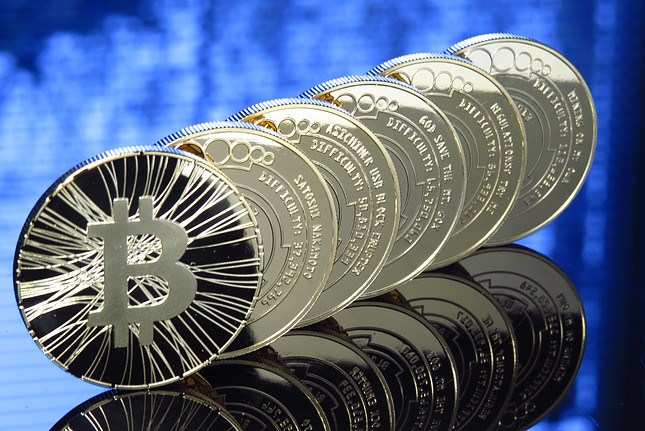- The Federal Reserve has been under growing pressure to cut interest rates.
- The Fed will likely leave rates unchanged, and markets will move in response to policy hints.
- Five critical factors will move markets and the USD.
To cut interest rates or not to cut them? – this is the question – not for the June meeting, but for the next ones. The upcoming rate decision is the most critical one so far this year and is set to determine the next direction for the dollar.
The Fed has removed any intention to raise interest rates in 2019 – and may now signal rate cuts. Markets are already pricing in two cuts this year with the first one coming in July that follows this one. Fed Chair Jerome Powell has already moved from dismissing low inflation in the first quarter as "transitory" and stressing "patience" means no hikes nor cuts – to ditching the patient stance and saying he we will "act as appropriate."
The US economy is doing well, but recent data has been disappointing. The jobs report missed expectations with a gain of only 75,000 jobs and an increase of 3.1% in annual wages. – and that may cause a rethink at the central bank. Inflation also fell short of expectations with core consumer prices rising only 2% on a yearly basis.
Moreover, the previous rate decision came just days before US-Sino talks broke down. The Fed may be unable to ignore politics and may have to incorporate headwinds to global trade in its outlook.
But how far will it go? Here are five factors to watch.
1) The dot-plot
The Fed also releases projections for inflation, growth, employment, and most importantly – interest rates – once a quarter. The first thing markets will be watching is the Fed's projection for where interest rates will be by the end of the year – also known as the dot-plot.
As mentioned earlier, markets are expecting two rate cuts this year. If the Fed continues signaling no cuts or only one, the greenback may storm higher, and stocks could plunge. Indicating two cuts may weigh on the USD and going as aggressive as three – highly unlikely – would send the greenback plunging.
If the shift in the dots is extreme, it may overshadow other factors. However, if the Fed signals one or two cuts, the focus will quickly shift to the statement, and markets will look for answers to the following questions.
2) How worried is the Fed about inflation?
The first paragraph of the statement consists of an update regarding inflation. The Washington-based institution is set to acknowledge that prices have not accelerated. However, the Fed usually states that long-term surveys of inflation expectations are little changed.
If Powell and his colleagues now say that markets are foreseeing lower inflation also in the long-term – that these expectations are "de-anchored" – it is already a source of worry, and the dollar has room to fall.
3) Is May's NFP report more than a one-off?
Similar to its response to inflation, the Fed is set to mention the slowdown in hiring and wages. May's unimpressive gain of 75K has come after two months of robust job growth – the economy gained more than 200K in March and April – but after a meager increase in positions in February.
Does the bank see the glass half full or half empty? The Fed has previously described employment as "strong" and "solid." Another downgrade of the adjective adjacent to the labor market may weigh on the greenback. Conversely, painting a rosy big picture – by repeating the upbeat wording – can push the dollar higher.
4) Will they incorporate fears about trade in the statement?
When Powell opened the door to cutting rates, he talked about headwinds originating from a slowdown in global trade. So far, the Fed has refrained from mentioning trade in the statement accompanying the rate decision – and left it for public speeches and the broader Meeting Minutes document.
If it leaves it this way, it will show that officials are either tip-toeing around a sensitive political issue or maintain the same level of fear as they did last time. If the Fed ignores trade in the statement, markets will also shrug it off and wait for Powell's press conference.
However, if Powell and his colleagues incorporate worries about trade wars in the statement – even in the subtlest manner – markets will see it as a sign of considerable concern.
5) Were there any dissenters that wanted a rate cut now?
While not all Fed members agree with the rate decisions, members that have been eligible to vote did so unanimously in recent rate decisions. Another uniform vote is likely now.
However, if pressures – be they from the state of the economy, markets, or the president – mount and one of the voting members dissents and votes for a cut, the US dollar will fall. It may show that that member was willing to stick his/her neck and come out in favor of an immediate cut. The dot-plot is unanimous, but the statement is signed off by the smaller group that votes.
Overall, the dot-plot will likely have the immediate impact and perhaps the most substantial one. However, views on inflation, employment, trade, and the voting pattern are all meaningful.
Powell and what's next
Last but not least, Chair Powell speaks half an hour after the news is out. Several months ago, he said that the economy is doing very well. How will he characterize the situation now?
Comments about the next moves in interest rates will likely have the most significant impact – especially if he opens the door to rate cut in July. Next up, remarks about inflation and trade – the same topics that will stand out in the statement will also be prevalent in the press conference. His presser will be scrutinized for every word, and the echoes from the decision will likely be heard for days.
If the Fed is dovish, the US dollar has room to fall, but not against the yen – the ultimate safe haven. USD/JPY may rise with stocks while the greenback loses ground across the board.
And if the Fed conveys a message closer to patience – no rush to cut rates – the dollar may surge. However, a potential drop in stock markets may drag USD/JPY lower.
All in all, volatility is set to leap around the event and perhaps for several days beyond it.
Information on these pages contains forward-looking statements that involve risks and uncertainties. Markets and instruments profiled on this page are for informational purposes only and should not in any way come across as a recommendation to buy or sell in these assets. You should do your own thorough research before making any investment decisions. FXStreet does not in any way guarantee that this information is free from mistakes, errors, or material misstatements. It also does not guarantee that this information is of a timely nature. Investing in Open Markets involves a great deal of risk, including the loss of all or a portion of your investment, as well as emotional distress. All risks, losses and costs associated with investing, including total loss of principal, are your responsibility. The views and opinions expressed in this article are those of the authors and do not necessarily reflect the official policy or position of FXStreet nor its advertisers. The author will not be held responsible for information that is found at the end of links posted on this page.
If not otherwise explicitly mentioned in the body of the article, at the time of writing, the author has no position in any stock mentioned in this article and no business relationship with any company mentioned. The author has not received compensation for writing this article, other than from FXStreet.
FXStreet and the author do not provide personalized recommendations. The author makes no representations as to the accuracy, completeness, or suitability of this information. FXStreet and the author will not be liable for any errors, omissions or any losses, injuries or damages arising from this information and its display or use. Errors and omissions excepted.
The author and FXStreet are not registered investment advisors and nothing in this article is intended to be investment advice.
Recommended Content
Editors’ Picks

EUR/USD holds around 1.0300, with USD still dominating the scene
EUR/USD trades within familiar levels at around the 1.0300 mark, although the US Dollar pushes marginally higher in a quiet, holiday-inspired American session. Focus shifts to US Nonfarm Payrolls on Friday.

GBP/USD rebounds from multi-month lows, trades around 1.2300
GBP/USD trimmed part of its early losses and trades around 1.2300 after setting a 14-month-low below 1.2250. The pair recovers as the UK gilt yields correct lower after surging to multi-year highs on a two-day gilt selloff. Markets keep an eye on comments from central bank officials.

Gold hovers around $2.670, aims higher
Gold extended its weekly recovery and traded at its highest level since mid-December, above $2,670. The bright metal retreated modestly in a quiet American session, with US markets closed amid a National Day of Mourning.

Bitcoin falls below $94,000 as over $568 million outflows from ETFs
Bitcoin continues to edge down, trading below the $94,000 level on Thursday after falling more than 5% this week. Bitcoin US spot Exchange Traded Funds recorded an outflow of over $568 million on Wednesday, showing signs of decreasing demand.

How to trade NFP, one of the most volatile events Premium
NFP is the acronym for Nonfarm Payrolls, arguably the most important economic data release in the world. The indicator, which provides a comprehensive snapshot of the health of the US labor market, is typically published on the first Friday of each month.

Best Forex Brokers with Low Spreads
VERIFIED Low spreads are crucial for reducing trading costs. Explore top Forex brokers offering competitive spreads and high leverage. Compare options for EUR/USD, GBP/USD, USD/JPY, and Gold.